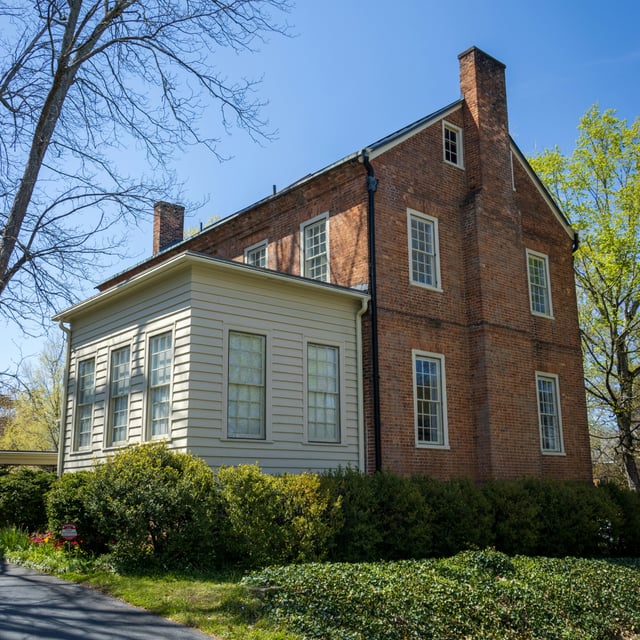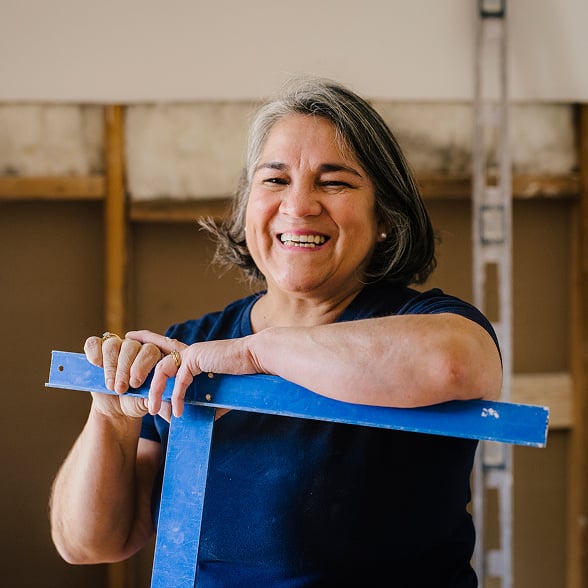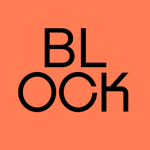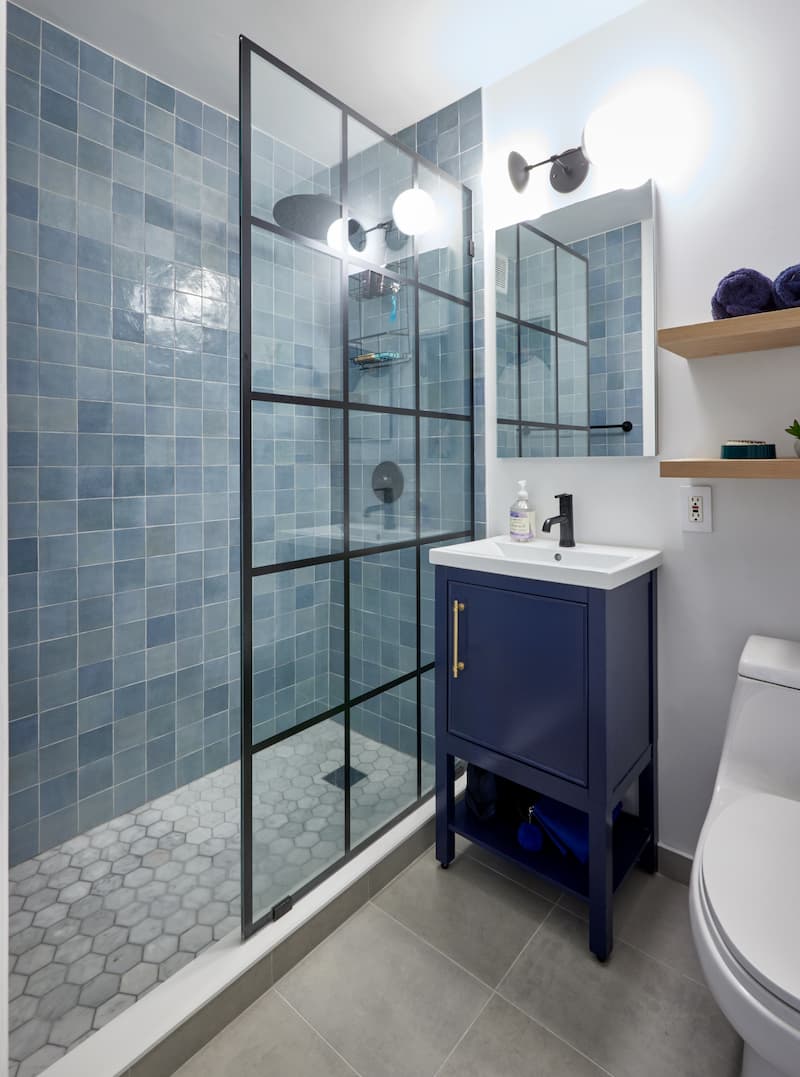Colonial Home Renovation: What to Modernize, What to Preserve
Budget your Colonial home remodel with help from Block

In This Article
Colonial homes are admired for their timeless symmetry, solid craftsmanship, and historical presence. You’ll find them across the country—from the cobblestone streets of Boston to the leafy suburbs of Cleveland and even parts of the Bay Area. Renovating one is a chance to bring modern comfort to a classic form—without erasing the architectural details that give these homes their identity.
Whether you're updating a mid-century Colonial revival or restoring a centuries-old original, success starts with thoughtful planning. Here’s what to keep in mind as you renovate with care, character, and longevity in mind.
Tips to maintain the Colonial character while renovating
- Preserve wooden floors: If your home has original hardwood flooring, consider refinishing rather than replacing. The patina and grain of old wood add authenticity and warmth. If the floors are too weathered and damaged to retain, invest in high-quality flooring made from oak, maple, or heart pine to maintain Colonial undertones.
- Keep the fireplace: Fireplaces are a signature feature in Colonial homes. Even if you no longer use it for heat, restoring the mantel and hearth can anchor your living space and preserve historic charm.
- Restore original trim and moldings: Crown molding, chair rails, and wainscoting are worth saving. If pieces are damaged or missing, have them replicated by a skilled carpenter.
- Preserve or add wood beams to ceilings: Original exposed beams are a classic feature in many Colonial homes, adding both structural interest and a sense of period authenticity. For homeowners aiming to emphasize Colonial character, installing new wood or high-quality faux beams—stained or painted to blend with existing finishes—can be an immediate upgrade, provided your current ceilings are in sound condition.
- Choose period-appropriate paint colors: Soft whites, muted blues, and earthy greens are classic Colonial hues that can help maintain the home’s historic feel.
- Upgrade windows with care: If you need to replace windows, work with a knowledgeable contractor to find options that mimic the look of divided-light sashes and wood frames.
- Choose Colonial-aligned door styles and hardware: When upgrading exterior doors, select classic six-panel or eight-panel solid wood doors, which are hallmarks of Colonial architecture. Look for hardware in antique brass or hand-forged black iron—think round knobs, rim locks, or thumb latches—that reflect the simple, sturdy elegance of the period. Even replacing hinge plates and backplates with replicas or salvaged pieces can make new installations feel authentically historic.
- Pay homage to Colonial-themed staircases and balustrades: If your Colonial staircase is in good condition, preserve its wood treads, newel posts, and distinctive turned or square balusters to maintain architectural character. However, if safety codes or significant wear require upgrades, choose new balusters and handrails that match the original scale—opting for simple, straight spindles in oak, maple, or mahogany, with minimal ornamentation.
Renovate with confidence every step of the way
Step 1: Personalize Your Renovation Plan
Step 2: Receive Quotes from Trusted Contractors
Step 3: Let Us Handle the Project Details

Common requests for Colonial home renovations
Opening up the first floor
Traditional Colonial homes were designed with distinct, enclosed rooms. But today’s homeowners often prefer a more open, connected layout—especially on the main floor. Removing non-load-bearing walls can unify the kitchen, dining, and living areas into one cohesive space, all while maintaining the home’s classic exterior integrity.
If you want to upgrade your Colonial home’s flow without a completely open plan, widen existing doorways or create larger cased openings between rooms. This enhances natural light and accessibility, making movement easier for everyone—especially for aging in place or supporting mobility needs. Use substantial trim and moldings in keeping with Colonial proportions to maintain architectural consistency.
Remodeling the attic and basement
The majority of Colonial homes have basements and attics. Finishing these spaces can add valuable living areas for bedrooms, offices, or recreation rooms. When renovating, pay attention to insulation, moisture control, and egress requirements to ensure comfort and safety.
When planning to remodel your attic, start by assessing the structural integrity and headroom. Colonial attics may have sloped ceilings or exposed beams, which can add character but also present design challenges. Proper insulation is essential—not only for comfort but also for energy efficiency. Spray foam or rigid foam insulation can help regulate temperature and prevent drafts. Consider adding skylights or dormer windows to bring in natural light and make the space feel more inviting.
Basement renovations in Colonial homes require special attention to moisture control. Older foundations can be prone to dampness, so waterproofing measures such as sump pumps, vapor barriers, and proper drainage are crucial before finishing walls and floors. Insulate exterior walls to keep the space warm in winter and cool in summer. If you plan to use the basement as a bedroom or living area, make sure to include egress windows or doors that meet local building codes for safety.
Both attics and basements in Colonial homes may have unique architectural features—like exposed brick, original beams, or stone foundations—that can be highlighted in your design for added character. When choosing finishes, opt for materials and colors that complement the home’s historic style, such as wide-plank wood flooring, classic trim, and neutral or muted paint tones.
Integration of energy efficient upgrades
Older Colonial homes are often under-insulated and have air leaks around windows, doors, and foundations, leading to high heating and cooling bills. Upgrade by air-sealing attic and basement gaps, adding dense-pack cellulose or spray foam insulation, and installing high-efficiency HVAC units sized for your space. Replace single-pane windows with double- or triple-pane models that replicate the original divided-light appearance, or use interior storm windows for preservation. Prioritize programmable thermostats and zone controls to fine-tune comfort without unnecessary energy use. These energy-efficient upgrades improve comfort, lower costs, and can be done discreetly to protect Colonial details.
Modernizing kitchens and bathrooms
While many Colonial homes lean traditional, kitchens and bathrooms are where most homeowners want modern performance. The right team can help strike the balance—pairing period-inspired details like shaker cabinets, wainscoting, or antique brass hardware with modern essentials like quartz counters, efficient appliances, and updated lighting. Done well, the result is a space that feels both grounded in history and built for how you live today.
Replacing older pipes
Plumbing in Colonial homes may consist of galvanized steel, cast iron, or even lead pipes—all of which can corrode, leak, or pose health risks over time. Replacing old pipes with modern materials like copper or PEX is a common upgrade during renovations. This not only improves water quality and pressure but also reduces the risk of leaks and water damage. Updating your plumbing system also makes it easier to add new bathrooms, kitchens, or laundry rooms, supporting your home’s functionality for years to come.
Waterproofing and mold prevention
Older homes, especially those with stone or brick foundations, are often vulnerable to moisture intrusion. Waterproofing is a critical step in any basement or crawl space renovation. Solutions may include installing sump pumps, applying waterproof coatings, improving exterior drainage, and sealing foundation cracks. Mold can develop quickly in damp environments, so it’s important to address any water issues before finishing walls or floors. If mold is already present, professional remediation is essential. These steps not only protect your investment but also create a healthier living environment.
Click here to learn about waterproofing a basement.
Rewiring Colonial homes
Many Colonial homes were built long before today’s electrical standards, which means outdated wiring is common. Rewiring is a frequent request during renovations—not only to support modern appliances and technology but also to ensure safety. Old knob-and-tube or cloth-insulated wiring can pose fire hazards and may not meet current code requirements. Upgrading your home’s electrical system allows you to add more outlets, install modern lighting, and safely power everything from smart home devices to high-efficiency HVAC systems. A licensed electrician with experience in older homes can rewire discreetly, preserving historic plaster and woodwork wherever possible.
Tips for updating the exterior of your Colonial home
- Repaint with historically accurate colors: Choose a palette that reflects traditional Colonial tones such as classic white, muted grays, deep reds, or slate blue. Not only does using the right colors help preserve authenticity, but it is more likely to comply with local historic district guidelines.
- Repair or replicate wood siding and trim: If wood clapboard or shingles are deteriorating, opt for repairs or replacement with matching wood profiles rather than switching to modern alternatives. This approach maintains the home’s original texture and stands up better to period-appropriate paints and stains.
- Refresh or restore shutters: Functional shutters, correctly mounted and sized, add dimension and protection to a Colonial facade. If originals are missing, install new wood shutters with simple hardware—avoid non-functional plastic versions that detract from the overall effect.
- Repair or rebuild masonry chimneys: Inspect brick or stone chimneys for cracks, missing mortar, or leaning. Repointing or rebuilding with similar materials can prevent water damage and ensure continued safe use.
- Upgrade exterior lighting with classic fixtures: Install lantern-style sconces or post lights in black, bronze, or antique brass finishes. Select fixtures with simple lines to mirror the understated geometry of Colonial architecture.
- Maintain or add a symmetrical walkway: Brick, stone, or gravel walkways leading straight to the center entry reinforce Colonial symmetry. Edging with low plantings or period-style fences adds curb appeal without overwhelming the facade.
- Install rain gutters and downspouts in unobtrusive colors: Choose half-round or ogee-profile gutters in a paintable metal finish that blends with trim. Direct downspouts away from foundations and disguise where possible behind pilasters or plantings.
Design a Home That’s Uniquely Yours
Block can help you achieve your renovation goals and bring your dream remodel to life with price assurance and expert support.
Get Started
Work with a contractor who understands older homes
Renovating a Colonial home requires a special touch—and a deep respect for its history. Block Renovation pairs you with highly-qualified contractors who have proven experience working with older homes. These professionals will understand the nuances of Colonial architecture, from preserving original details to integrating modern systems discreetly. With Block, you’ll get expert guidance, transparent pricing, and a renovation experience built around your vision and your home’s unique character.
Remodel with confidence through Block

Connect to vetted local contractors
We only work with top-tier, thoroughly vetted contractors

Get expert guidance
Our renovation consultants offer expert advice, scope review, and ongoing support as needed

Enjoy peace of mind throughout your renovation
Secure payment system puts you in control and protects your remodel

Written by Block Renovation

Renovate confidently with Block
Easily compare quotes from top quality contractors, and get peace of mind with warranty & price protections.
Thousands of homeowners have renovated with Block

4.5 Stars (100+)

4.7 Stars (100+)

4.5 Stars (75+)
Renovate confidently
- Top quality contractors
- Warranty & price protections
- Expert resources

